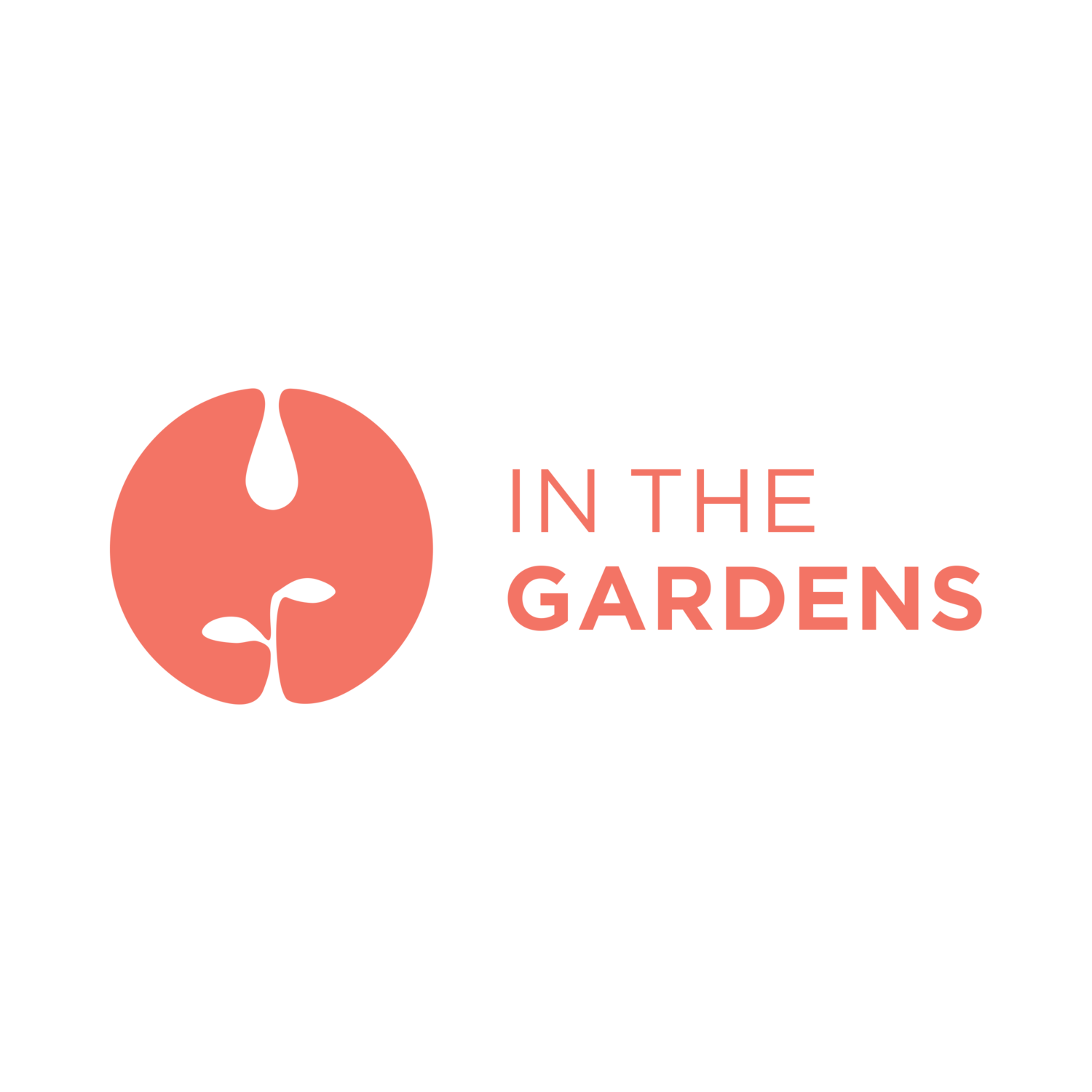Planning Your Garden Part 3: Saving Seeds
As spring has yielded to full summer, you might be seeing your garden overflow with produce. You might even see flowers or fruits that got away – that you didn’t see when they were ripe, and now what? You can pick them and toss them in the compost, you can leave them on the vine, or you can prepare to save their seeds.
You might think that saving seeds is for the advanced gardener. What do I know about saving seeds, you might be thinking, but I can tell you it is easy and fun, and amazing to see plants sprout from seeds you have saved with your own hand.
Why save seeds?
There are so many reasons. The early seed savers did so because seeds were necessary for next year’s garden. Furthermore, when you grow something you really like – that perfect cucumber or that sweet carrot – you want to grow the same thing again, and share it with friends and family. Saving seeds completes the cycle of the growing season and prepares you for the next one.
Things to note:
If you are using GMO seeds (which, as an organic gardener, I would recommend against for a whole host of reasons), they are usually sterile. This is part of the companies’ design – to ensure that farmers have to buy seed each year. So if you are growing anything that is GMO, don’t look to save these seeds.
If you are growing hybrids, which many vegetables are today, saving these seeds is a wildcard in terms of what will sprout next season. Hybrids are bred to bring forth particular characteristics from more than one parent plant. Save the seeds from these and you may bring out one or more of the parent plant’s major characteristics, but you will most likely not get the same veggie or fruit you grew last year. If the seed pack has F1 in its name, or says hybrid on it, you might choose to skip saving these seeds.
Heirloom seeds will help you avoid either of the concerns above.
Seed Vaults
Did you know that there are seeds vaults all over the world? They are gene banks for seeds, lest there be a reason to need them. The most well known of these is the Svalbard Global Seed Vault in Norway, not far from the North Pole. It currently stores about one third of the seed varieties on our planet, including a large number of edible plant seeds. There is also a bank here in Chicago, called the Great Lakes Bioneers Chicago Seed Saving Initiative, fostering local seed saving projects here in our city. And if you are looking for a place to purchase, try Seed Savers Exchange. They have great seeds, available in heirlooms and organics.
So How do I Save My Seeds?
The first requirement is that you let your plants go to seed. This is easy for flowers, but less wonderful for vegetables, because with our veggies we eat the veggie part before the plant flowers or goes to seed, so… seed saving aborted. But what if you let some of those broccoli flowers bloom and seed? Or the arugula? What about letting some tomatoes fall off the vine, or repurposing that cucumber hidden in the back that has now grown yellowy-white and twice its normal size? String beans and peas, if you let them grow too large, can be harvested when the pods whiten or brown, and their seeds dried for next season.
Plant a Seed Saving Bed
This year we planted a seed saving bed. It boasts daikon radish and an heirloom French breakfast radish, tatsoi mustard and arugula, all currently going to seed. All four of these plants are in the cabbage family, called Brassicas or crucifers, so their flowers are very similar. They are small with four petals. Depending on the variety of plant, they may be white, yellow purple or pink. Once the flowers are pollinated – and they do attract all kinds of pollinators – we simply wait. Arugula seeds develop very quickly, sending up long, spikey flower stems which, when pollinated, become laden with side arms that are its seedpods. Open one up and 20-30 tiny, brownish seeds are hanging out inside.
The tatsoi pod looks similar, as do those of broccoli and collards. Long and thin, they may be bifurcated or singular, but each holds a well of seeds. The radish pods – both daikon and smaller varieties – are shorter and more bulbous. As this is the first time I am saving radish seeds of any kind, I have yet to see how many will be in each pod.
When saving seeds, let the plants naturally brown after the seeds (or peas, beans) are formed. Then remove pods, stems or branches from the plant, and lay them inside where it is dry and preferably dark to let them dry out. While some seeds can be replanted right away, like dill and arugula, many need the winter season to dry before they will be ready for planting. We let ours dry a few months and then begin the process of separating them from their casings to bag. Then they are ready to plant or give away next season.
Seed saving is exciting and fun! Do you have a type of seed you’d like to save that’s not listed here? Please feel free to submit a question.
And enjoy!
Rabbi Robin Damsky







